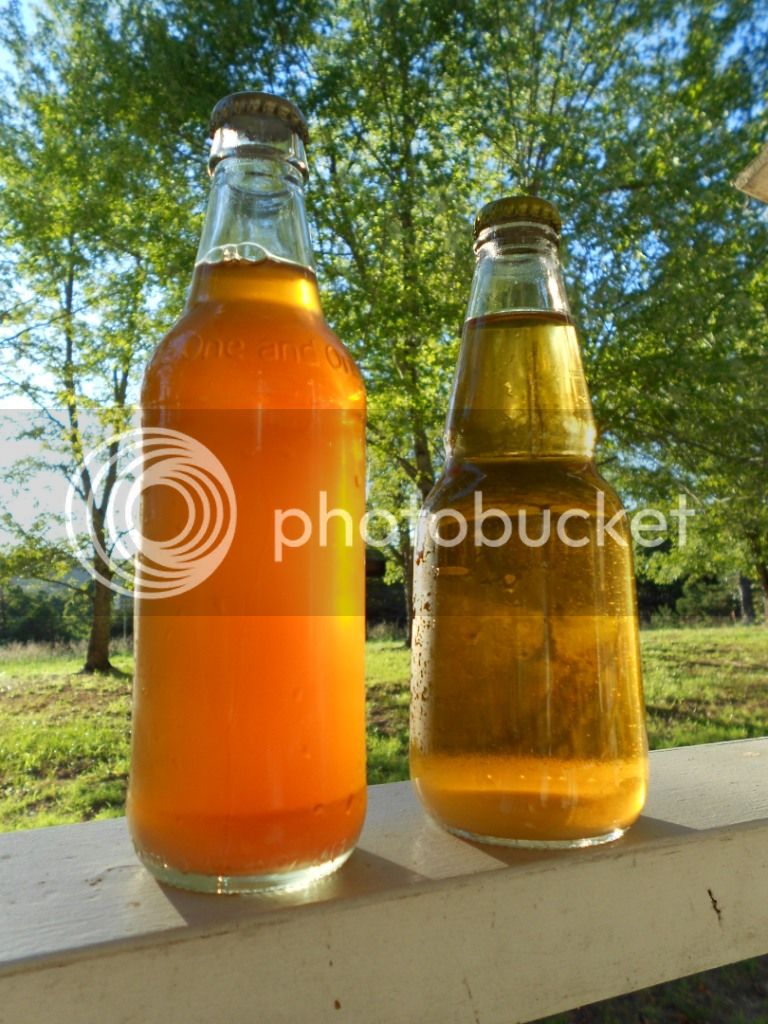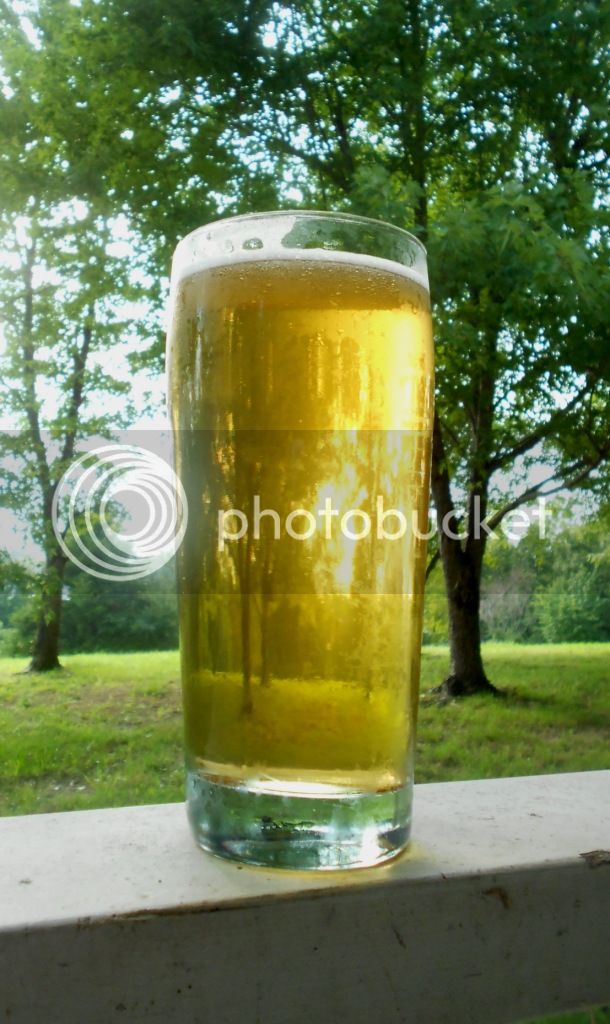libeerty
Well-Known Member
- Joined
- Jul 19, 2012
- Messages
- 488
- Reaction score
- 102
Gameface said:I used to host a monthly poker game at my place and I usually had a couple beers on tap. I can tell you that almost everyone tastes a scary homebrew for the first time with their eyes before it ever hits their lips. Once I started producing very clear beers I overheard comments like "I can't believe you can make beer like this at home." and the guy said that before even taking a sip. Needless to say he enjoyed the beer. Back when my beers were pretty cloudy I regularly collected half-full glasses from around my basement. Not so much once my beers were clear. It's annoying that it makes such a big difference to so many people, but it does.
Well said.






































![Craft A Brew - Safale BE-256 Yeast - Fermentis - Belgian Ale Dry Yeast - For Belgian & Strong Ales - Ingredients for Home Brewing - Beer Making Supplies - [3 Pack]](https://m.media-amazon.com/images/I/51bcKEwQmWL._SL500_.jpg)






















